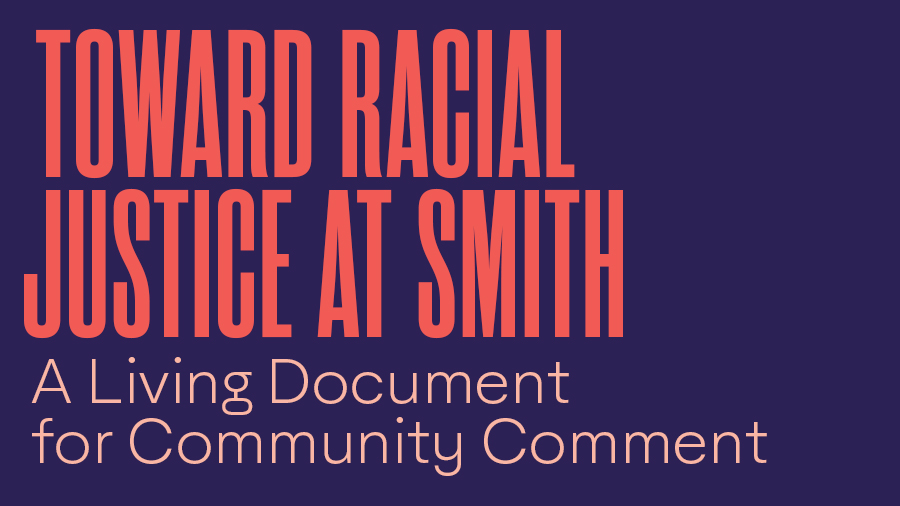The Compass | Residence Education Model

What Is It?
Compass, the Smith College residence education model, guides the learning that happens for residential students within Smith College houses. With guidance from the Smith College Strategic Plan, the institutional mission and divisional mission statements and core values, relevant student development theory, the Smith Equity Education plan, and institutional data, Residence Life professional staff identified key needs of Smith College residential students and designed a residence education model to address those needs. This model was created to provide intentional learning opportunities for residential students.
This education model is broken down into several different sections. The educational priority is the overarching statement about what we want our students to learn before they leave Smith. The three learning goals are specific statements of what students will learn from living in campus housing. For every learning goal, there is a corresponding narrative which provides a detailed description that further defines our learning goals and explains what the model has been designed to achieve. As part of each learning goal, there are four to five measurable learning outcomes that residents attain through their participation with the residence education model.
Educational Priority
As a result of living on campus at Smith College, students will become global neighbors.
Residence Education Model
- Directly connected to institutional mission
- Based on research and developmental theory
- Learning goals are derived from a defined educational priority
- Learning goals drive the development of educational strategies
- Programs are one type of strategy, not the only one
- Student staff members play key roles but are not the educational experts
- Represents sequenced learning
- Stakeholders are identified and involved
- Plan is developed through a review process that includes critique, feedback, assessment and yearly revisions
- Assessment is essential for measuring the achievement of the learning outcomes
Learning Goals & Outcomes
Critical Awareness
Students in residence will become critically aware global neighbors, exploring their self-identity by living in community, engaging in reflection and challenging their own beliefs. Global neighbors listen, ask questions, take initiative, adapt, manage their emotional and physical health, are empathetic, and take responsibility for themselves and their actions. They understand who they are and know how to advocate for themselves and others.
Each student will be able to:
- Articulate their identities.
- Demonstrate self-management.
- Integrate wellness into regular practices.
- Engage in appreciative curiosity.
Social Responsibility
Students in residence will become socially responsible global neighbors, understanding their own identity and others’ identities as they relate to each other and the community. Practicing tolerance, acceptance, and respect, students from diverse identities can work toward one goal, collectively. Global neighbors understand their own power and privilege so they can better advocate, work towards equity and comprehend the impact of their actions on their global communities.
Each student will be able to:
- Articulate social group identities of self and others.
- Describe systems of power, privilege, and oppression.
- Effectively demonstrate cross-cultural communication.
- Work toward greater justice and equity.
- Evaluate their impact on communities and environments.
Engagement
Students in residence will become engaged global neighbors, recognizing the value of interacting with others across differences. This requires an ability to understand the challenges, in both their residential community and the world beyond it. In understanding and communicating with others, a global neighbor also recognizes that conflict is a natural component and will advocate for self and others to advance their global communities.
Each student will be able to:
- Communicate effectively across multiple contexts.
- Demonstrate multiple methods to productively address conflict.
- Positively contribute to their communities.
- Engage globally (locally, nationally, and internationally).

In this time of urgent racial crisis, we emerge from ongoing planning into powerful action.
With recommendations from our Toward Racial Justice at Smith plan, Smith College continues its commitment to transparency, to inclusivity and to racial justice at Smith. Informed by student, staff and faculty voices to Inclusion in Action work, as well as student and alumnae/i demands, discussions with the Inclusion Council and Presidents’ Cabinet, the college commits to action.
